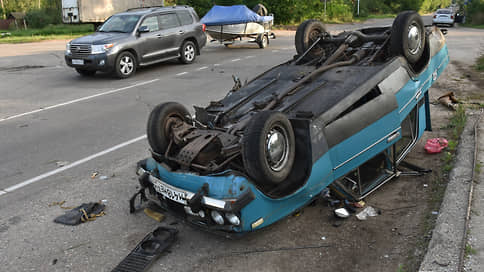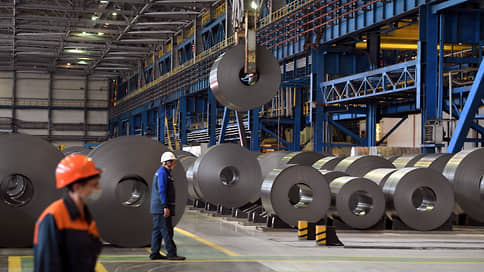The judicial department at the Supreme Court published statistics on corruption

Last year, only 14 people were condemned in Russia for receiving kickbacks, it follows from the data of judicial statistics on corruption affairs for 2024. The most “popular” composition in such matters is to receive a bribe, and its size most often ranges in the range from 10 thousand to 50 thousand rubles. But the offers are taken not only with money: in second place in terms of distribution – requisitions in the form of services. Such statistics are explained by the fact that it is easier to catch bribe takers, experts explain.
Most often, Russia is still given bribes in the amount of 10 thousand to 50 thousand rubles, follows from the data of judicial statistics on the corruption-orientation cases, which was published by the Judicial Department at the Supreme Court. For such bribes last year, 5162 people were condemned last year, and this is almost a quarter (24%) of the total number of people held liable for corruption crimes both in the main compositions and as additional qualifications (21,729 people were convicted of them). In second place in popularity were services of a non -property nature, and for bribes over 1 million rubles. 1933 people were condemned (see schedule).
The total number of corrupt officials compared to 2023, when they were counted 22,014, it decreased slightly, but the bribe takers of millionaires became more than 133 people. The general picture remained almost the same as a year earlier. Although, for example, in 2022, bribes in the form of “non -property services” were only in third place, inferior to bribes within 10-50 thousand rubles, and very modest offerings of 1-10 thousand rubles.
The category of “non -property” usually includes services that do not have material expression or it can hardly be evaluated, explains lawyer Alexander Khaminsky. For example, the son of an official, in exchange for a certain service, goes to a prestigious university or his spouse is recorded without a queue for a rare operation.
Previously, corruption affairs were based on the transfer primarily of material reward, recalls the partner Rustam Kurmaev and partners Dmitry Gorbunov. However, the practice has changed, and now other actions of a corruption nature are also recognized as a crime, including the provision of various discounts or services. Such cases are more difficult to proof, but law enforcement officers at a certain moment concentrated efforts, formed the practice and gave move to all the accumulated material, hence the growth of such sentences, the expert notes.
In total, the list of corruption crimes approved by the Prosecutor General Prosecutor’s Office, which is used to account for 14 “main” compositions in judicial statistics. But most of them remain more exotic for the law enforcer. For example, neither last year, nor in 2023 there was not a single sentence under Art. 141.1 (violation of the procedure for financing the election campaign of the candidate).
The most common crime is to receive a bribe. For this, 4844 people were convicted.
The bribes are traditionally punished less often: last year there were only 2880 convicts (recall that bribe giveers who actively contributed to the disclosure of the crime are exempted from punishment). For commercial bribery, 898 people were convicted (this number includes both brimming and bribed). And, for example, for the illegal receipt of the purchase of goods and services (bribing an employee of the contract service or the illegal receipt of money or property by such an employee; this is a relatively new Article 200.5, which appeared in the Criminal Code in 2018) – only 14 persons. 10 people were punished for bribing participants and organizers of spectacular and commercial competitions.
Usually, the prosecution receives evidence in the case as a result of investigative actions – in other words, the recipient of the bribe is literally caught by the hand, explains the current situation with kickbacks Dmitry Gorbunov. At the same time, he notes, the bribe taker most often goes to cooperate with the investigation in order to mitigate the sentence or even exemption from punishment. To prove the crime committed in determining the supplier or the contractor in the framework of competitive procedures, which is more difficult: this requires significantly large costs of resources and time, while the probability of the accusatory sentence is several times lower, “therefore, the statistics look just like that,” the expert states.




/s3/static.nrc.nl/wp-content/uploads/2025/06/16050831/ANP-529983991.jpg)

